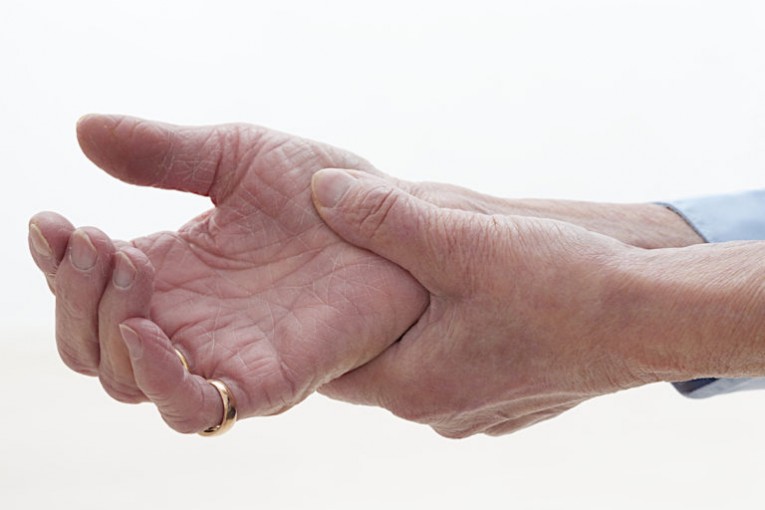Arthritis is not a single disease, and much of what is called arthritis is really just natural wear and tear of ageing joints. People often hear the word arthritis and give up hope of improvement, but there is much that can be done in most cases.
The common ‘wear and tear’ arthritis may be very amenable to osteopathic treatment and/or acupuncture, and may also be helped by dietary management as prescribed by our Naturopath, Claudia Kaiser.
The commonest symptoms of this form of arthritis are swelling of the joints and/or stiffness, which usually comes on gradually. While there are no cures at present for arthritis, it can be managed so you retain the best mobility and least pain possible.
Osteopaths are Trained to help
Our osteopaths are trained to manage arthritis by helping to stretch and improve the mobility of affected joints, check and adjust your posture, and possibly advise on over the counter pain relief or natural supplements.
They may also assess your feet and posture, and whether orthotics could help. In severe cases, they will support applications for surgery such as hip or knee replacements, especially if the condition is affecting your ability to work, or to be independent.
Other forms of Arthritis:
- Childhood arthritis can be a severe inflammatory condition, and if suspected by your osteopath, will be managed in conjunction with the child’s GP or a paediatrician.
- Rheumatoid arthritis is an inflammatory condition of the joints and can eventually affect other body tissues, and can result in severe joint deformities such a ‘swan neck’ fingers, distorted feet and general disability. It is known as a ‘systemic disease’ because it generally affects several different areas simultaneously. The cause is not very clear, other than that we know there is a marker for it in the blood, and that most of the population is not susceptible to this form of arthritis. If you don’t have the marker, called ‘rheumatoid factor’, you will not have Rheumatoid Arthritis which is usually managed by specialist physicians and your GP.

